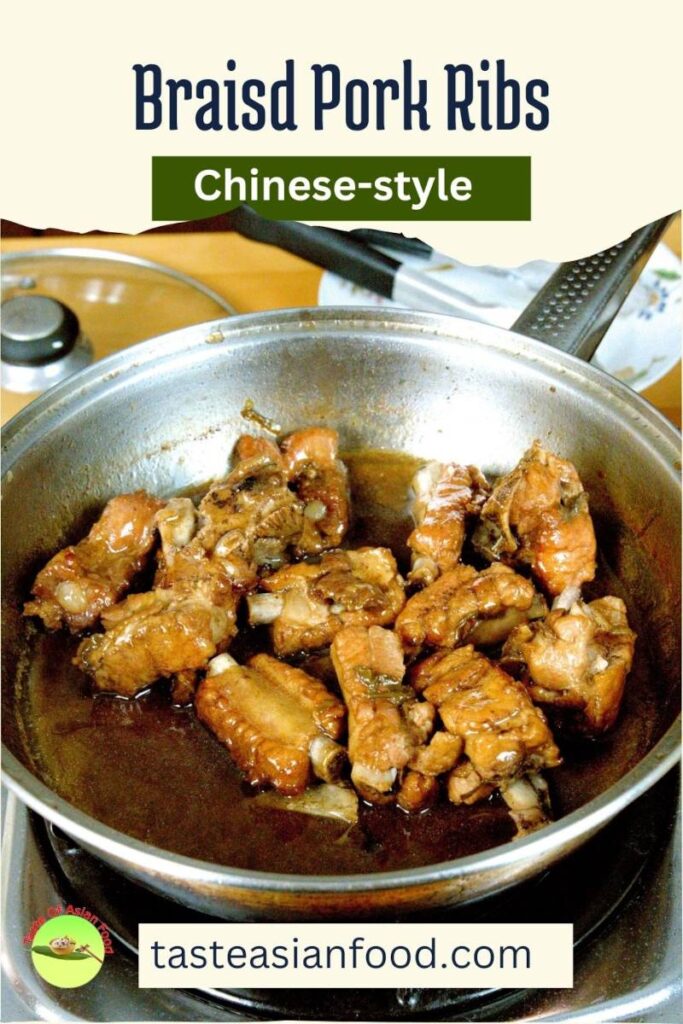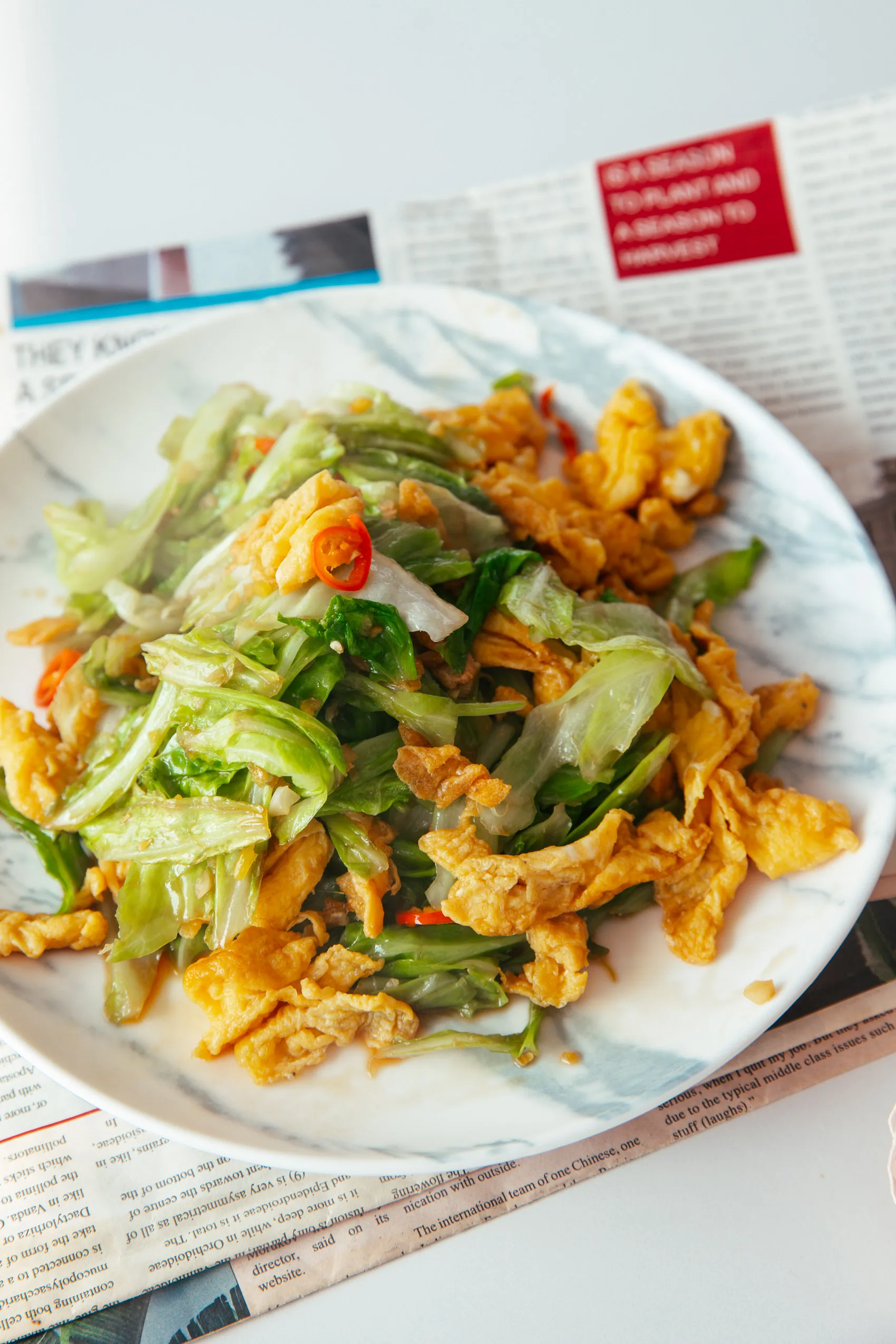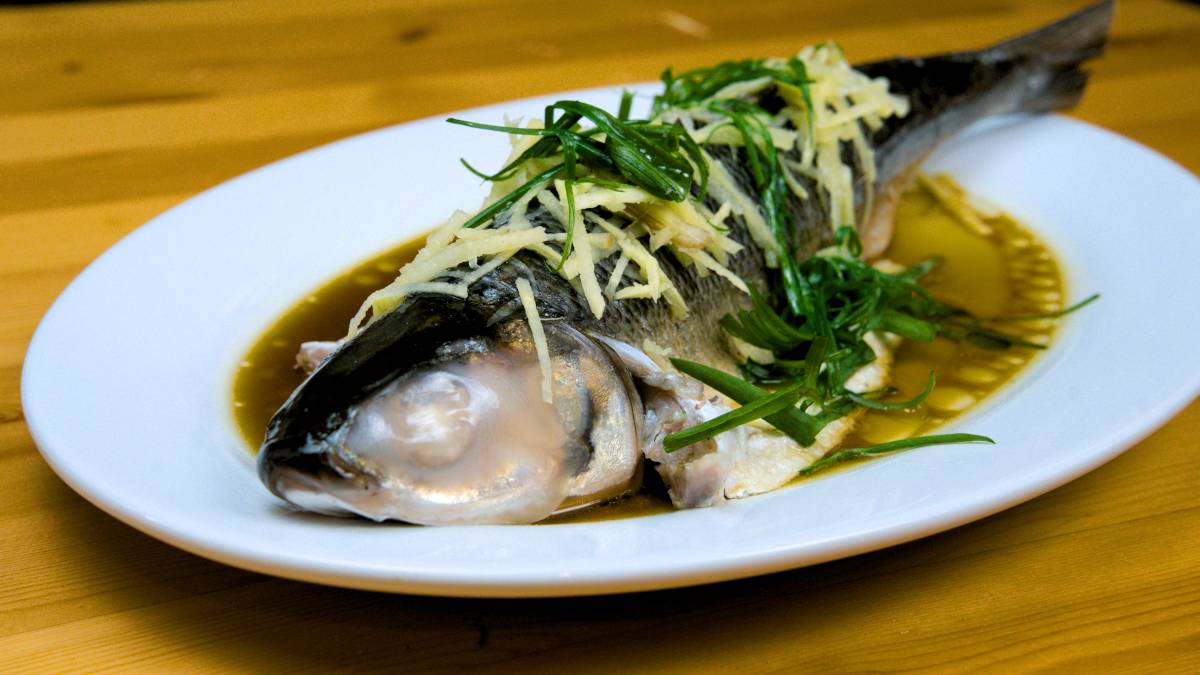The Chinese-style braised pork ribs recipe is one of the simplest dishes I’ve ever prepared. This dish holds a special place in my heart, and after trying various versions, I can confidently say that this one is the most straightforward, incredibly flavorful, and forgiving, allowing for plenty of room for error.

The Ingredients Required for Chinese Braised Pork Ribs
- Pork ribs: You can opt for spare ribs (short ribs) for more meat or baby back ribs for tenderness. I typically prefer the meatier option, but this recipe works well with any cut you choose.
- The aromatics: Green onions (spring onions) and ginger are essential for flavoring the ribs perfectly. I like to use a generous amount of both, as their flavor is always welcome.
- Spices: You’ll need cloves, star anise, and cinnamon bark. This trio also complements braised chicken or lamb beautifully, enhancing the traditional Cantonese flavor.
- Seasonings: Gather Chinese wine, Chinkiang vinegar, light soy sauce, Chinese five-spice powder, white pepper, and rock sugar. These ingredients are typically available at your local Chinese grocery store. If Chinkiang vinegar is unavailable, rice vinegar can be a substitute. Rock sugar is preferred for its pure sweetness and glossy finish it imparts to the meat after braising, though brown or regular sugar can be used as alternatives.
How to Prepare the Chinese Braised Pork Ribs
- Marinate the pork ribs with salt and light soy sauce for at least half a day or overnight if time allows.
- Prepare the other ingredients: slice the ginger and chop the spring onion into sections. Gather your star anise, cloves, and a piece of cinnamon bark. Cutting the green onions into short sections and slicing the ginger thinly will help release their flavors during braising.
- Heat about 1 inch of oil in a pan to 180°C (356°F) and deep-fry the pork ribs in a single layer until golden brown on both sides. Once cooked, remove the ribs from the oil and pour away most of it, leaving about two tablespoons in the pan.
- Using the remaining oil, sauté the ginger slices and green onion sections until fragrant. Then, add the star anise, cloves, and cinnamon bark.
- Return the deep-fried pork ribs to the pan and mix everything well. Season the ribs with Chinese wine, vinegar, light soy sauce, Chinese five-spice powder, ground white pepper, and rock sugar.
- Add enough water to cover the ribs, bring it to a boil, then reduce to a gentle simmer. Braise the pork ribs over low heat for about 1.5 hours or until the meat is tender. Check the water level periodically and add more if necessary, flipping the ribs occasionally for even cooking.
- Once tender, remove the ribs from the pan and strain the braising liquid through a wire mesh strainer to catch the aromatics, resulting in a clear liquid.
- Return the liquid to the pan and boil until its volume is reduced by half. Then, add a cornstarch slurry to thicken it into a rich, glossy gravy.
- Finally, return the pork ribs to the pan, ensuring they are thoroughly coated in the sauce. Once well-coated, remove from the pan and serve.
Tips and Variations
- In addition to star anise, cinnamon, and cloves, consider adding a few bay leaves to enhance the flavor.
- If you prefer a deeper, darker gravy, add a small amount of dark soy sauce to the braising liquid during cooking. Dark soy sauce is primarily used for color and won’t significantly affect the overall saltiness.
- If you have an Instant Pot, you can braise the ribs using pressure cooking instead of slow cooking on the stove. I recommend pressure-cooking the ribs for about 30 minutes.
- Brown sugar or regular sugar can be used if rock sugar is unavailable.
- Feel free to include tomato paste, sesame oil, or fish sauce, but be aware these will alter the flavor from the original recipe. For now, I prefer to stick to the simpler, traditional version.
- I braise the pork ribs in the same pan used for sautéing the green onions and ginger, although you might choose to transfer everything to a smaller pot or Dutch oven for braising.
- Using chicken stock for braising the pork ribs isn’t necessary, as the braising liquid reduces to a thick, flavorful gravy on its own.
- The best way to serve braised pork ribs is with steamed white rice, drizzled with the extra gravy for added deliciousness.
- If you don’t have Shaoxing wine, substituting it with any rice wine, white wine, or dry sherry is acceptable.





